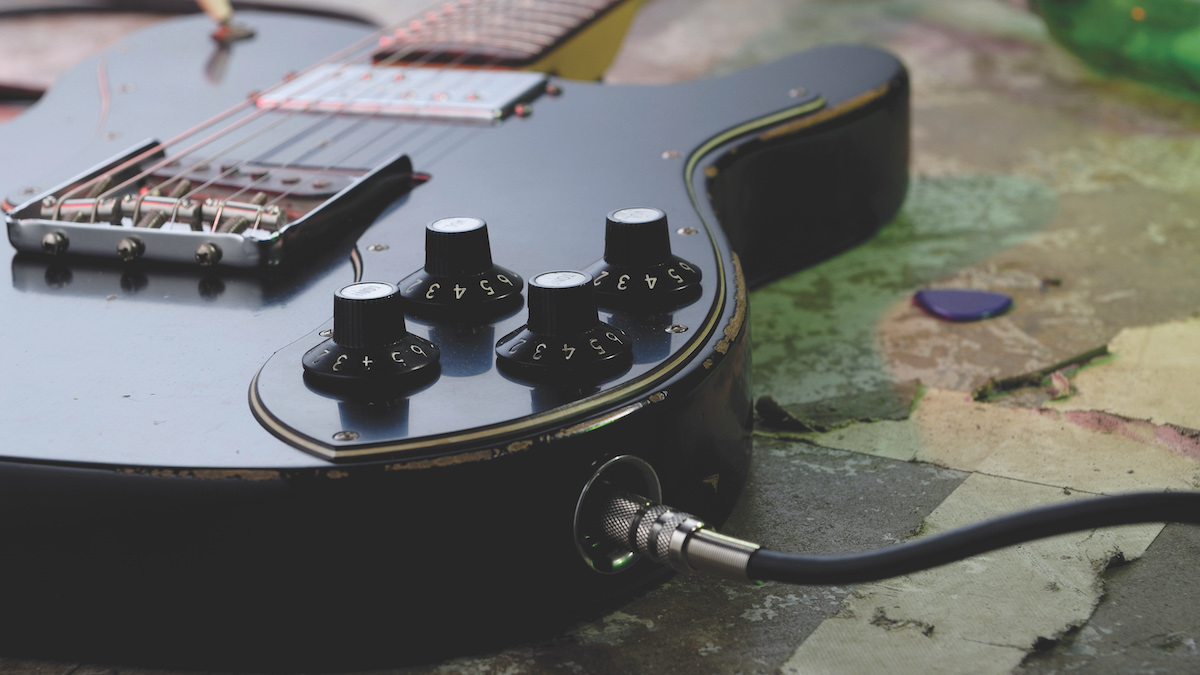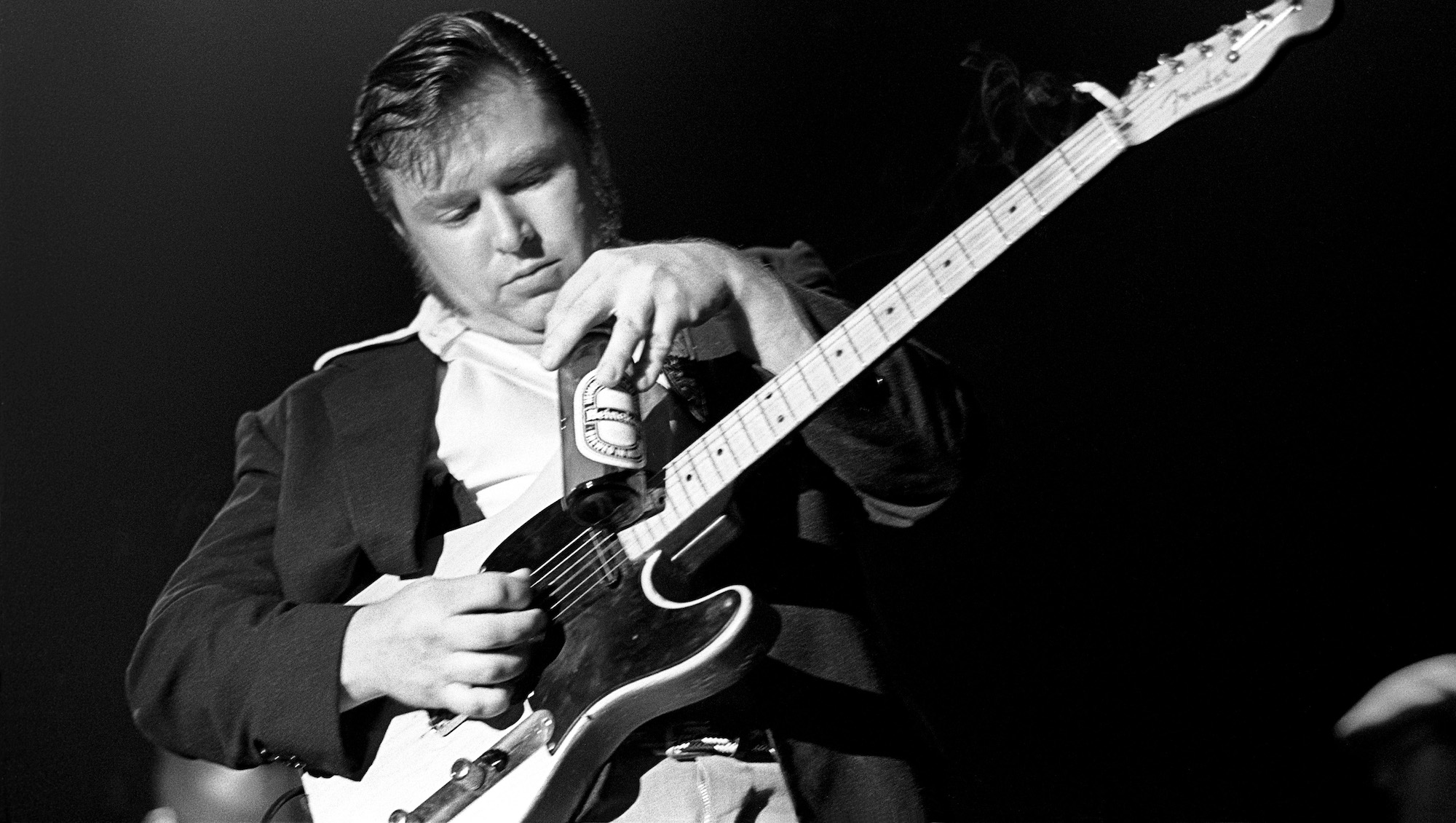Expensive vs cheap guitar cables: does spending more make a significant difference?
So, what makes a guitar cable great, and are they worth paying more for?

You’ve just spent thousands of dollars on a guitar, amplifier and pedalboard, then you go and buy the cheapest possible cable to plug it all in and get wailing… that doesn’t seem right, does it? For many, this is the reality of playing guitar, with the cables you use typically being the area given least attention.
However, this throws up an important question: does buying a cheap guitar cable actually matter? Or is it always worth spending as much as you can and buying an expensive cable? Here, we break down the differences between expensive and cheap cables and the impact that choosing one over the other has on your set-up, from tone to how long it might last. It’s time to plug in!
Construction

The actual construction of a cable won’t change much between the most expensive and the least expensive cables. Ultimately, a cable requires jack plug connectors at each end to plug into your guitar and your amplifier or pedalboard, with a length of conductive metal between, allowing the electrical signal from your guitar to pass through. The difference comes in the quality of these materials and components used during construction.
Any length of cable will have capacitance, which relates to the amount of electrical charge that it stores. The lower the level of capacitance the better when it comes to guitar cables, as cables with more capacitance will hold on to some of the signal your guitar produces, notably the high-end frequencies, leaving you with a darker, duller sound. Cheaper cables typically use lower quality materials in their construction that means they have more capacitance, whereas more expensive cables will be made of higher-grade materials that minimize capacitance and retain your signal quality.
For the majority, this will be a negligible, perhaps even imperceivable, difference – though on longer cables, which inherently have even more capacitance, the gap between poor quality materials and higher quality materials will likely be more audibly noticeable. Given that patch cables are much shorter and therefore have less capacitance, this is an area where going for a cheaper option could be worthwhile.
The area where quality is, perhaps, most noticeable is in the jack plugs / connectors used
The area where quality is, perhaps, most noticeable is in the jack plugs/connectors used. These are generally the most expensive part of construction, and the most expensive cables will have connectors lined with rare metals that are optimized for passing audio signals through them. They will also be more durable and less likely to break compared to cheaper connectors, which may not last as long and can lead to producing scratchy or crackly sounds.
Most cables, expensive or cheap, will have some form of shielding in their construction, which means a material layer is used to block external electromagnetic interference from the conductive part of your cable. Without this, interference can be picked up by your cable, which tends to result in additional noise or hum, and can degrade the quality of your guitar signal. There are several different types of shielding. ‘Foil shielding’ is among the most effective, but this results in less flexibility in your cable and is therefore prone to damage. ‘Braided shielding’ and ‘serve (spiral) shielding’ offer other, more durable but fractionally less effective, alternative shielding. Cheaper cables will usually have worse shielding, whilst the most expensive cables may have multiple layers of shielding. If you play in a band with lots of other amplified instruments, having a cable with less shielding may have a more noticeable impact on your sound.
Get The Pick Newsletter
All the latest guitar news, interviews, lessons, reviews, deals and more, direct to your inbox!
There are a number of manufacturers that will sell you cable-making sets, so you can build them perfectly for your own needs. This is particularly useful in the context of pedalboards so you can build cables that are perfectly sized to your needs, reducing unnecessary mess and impedance. These kits tend to be much more expensive than buying a pre-built cable – however, if you are happy buying the components separately then you can bulk order and make your own high-quality cables for a budget price.
So, what are you paying for?

Most players will have had cheap cables at some point, and then one day randomly they find that their electric guitar is no longer making noise through their amplifier. After a moment of dread, worrying that either their guitar or amplifier has bitten the dust, it’s often the case that one of these cheaper cables is the thing that has given up. More affordable cables are mass-manufactured, which is one of the key reasons they are made so cheaply, and their components won’t necessarily be made of the highest-grade materials, which may not last as long. As they are so affordable, it isn’t a huge outlay to replace them, which is a positive thing, but not the most environmentally-friendly option, and potentially not as cost-effective over a long period.
Not only are more expensive cables typically more durable than cheaper cables, they may also come with warranties that mean if they ever do break, you can send them away to be repaired or replaced, though you should be warned this won’t include human damage – for example if you accidentally slice the end off of your cable. So, whilst a cable may seem cheaper initially, it is plausible that buying a more expensive cable that lasts longer and comes with a warranty could work out cheaper in the long run.
The appearance of cables can play into how expensive they are, but you can pick up some relatively cheap, interesting-looking cables (perhaps with a woven tweed-style outer material, for example) so looks don’t always translate to price. In fact, budget cables that are mass-manufactured may have more color options, given they can manufacture thousands of them, whereas more boutique, expensive cables will likely have limited options in the looks department.
Conclusion
The downside of expensive cables is pretty self explanatory: they cost more. When comparing the cheapest to the most expensive guitar cables, you could easily spend five times as much. Does that make your tone sound five times better? In all honesty… no. Perhaps in no other area of guitar playing do you see diminishing returns as you pay more than with guitar cables. Adding a premium cable to your guitar rig may make a relatively negligible difference to your overall sound, but if you are striving for perfection, with the best boutique amplifier and a luthier-built guitar, why would you let there be any weak point in your signal chain? Buy a great cable.
Connor is a contributor to Guitar World and MusicRadar. Having been a guitarist since the age of 10, he's played bass and guitar in bands across the South West of England. He has a background in audio engineering, having worked in some of the UK’s best studios including Rockfield and Invada, and has a passion for recording guitar. He is always keen to discover the greatest gear for capturing tone, be that microphones, audio interfaces or cab simulators.










